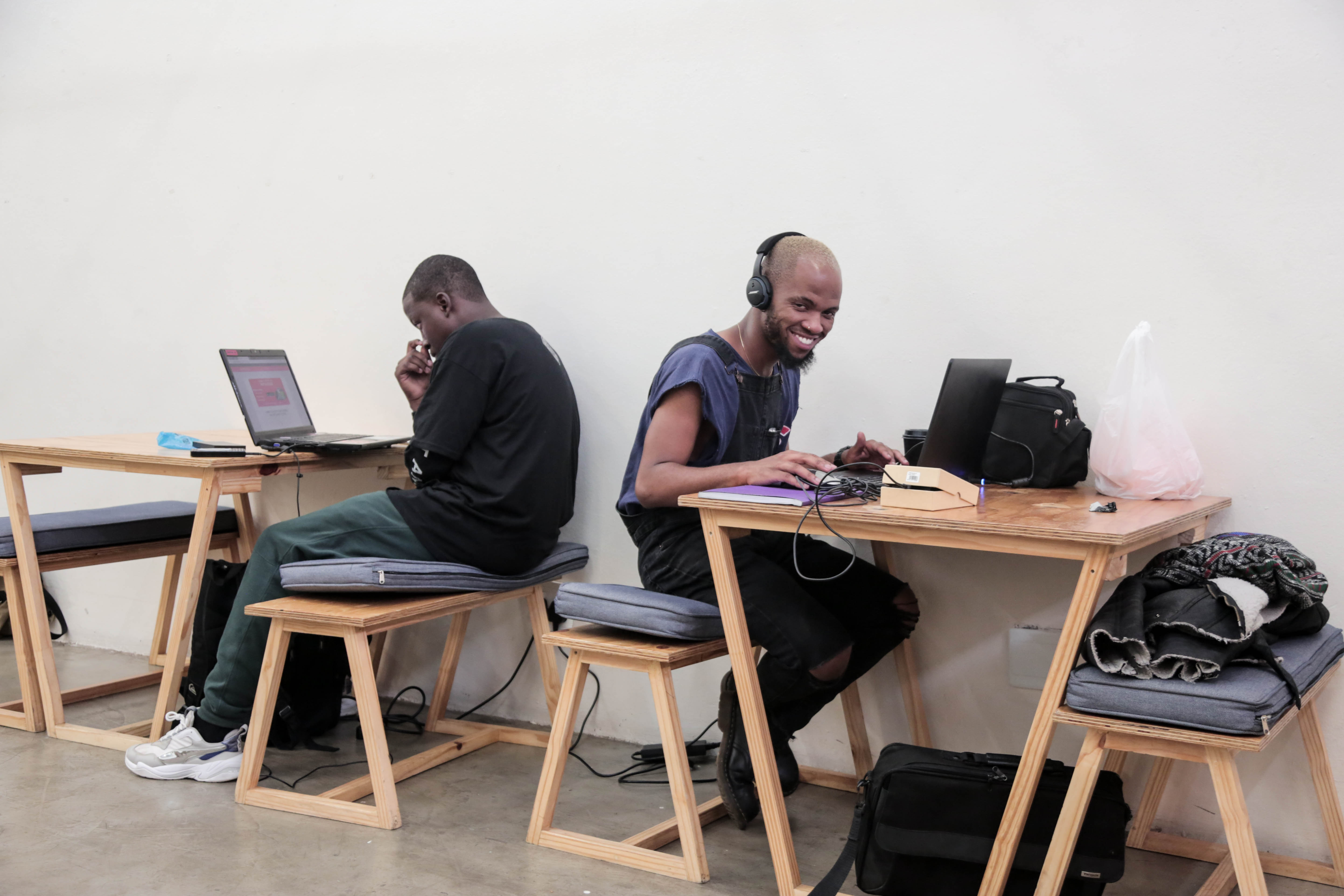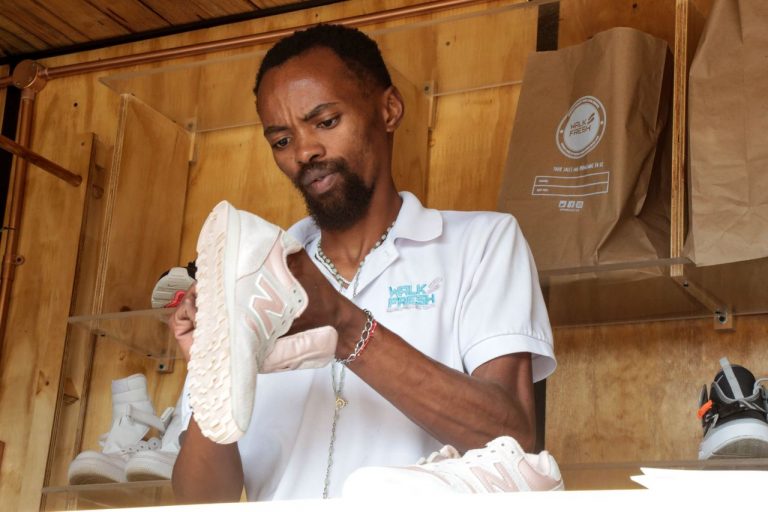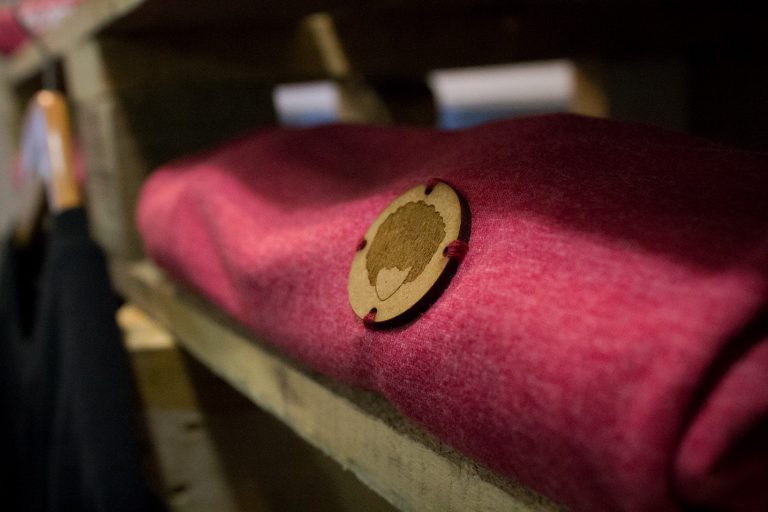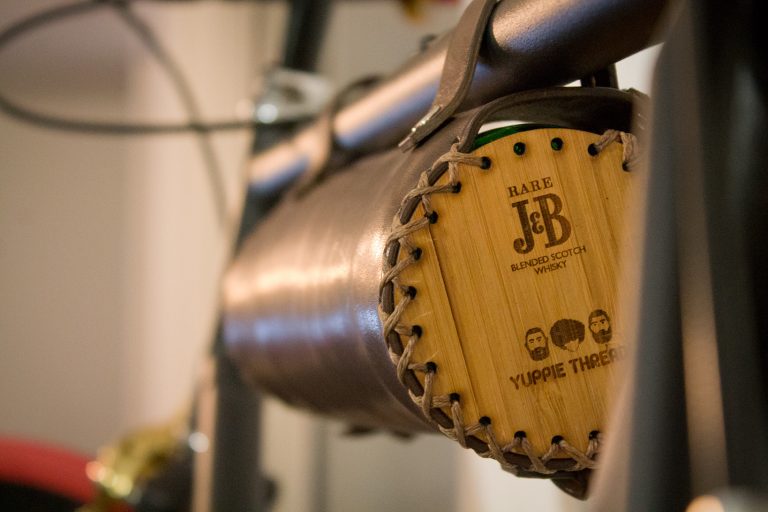
Operating Systems: The Method Behind Your Business
An operating system is a business’ game plan for achieving strategic goals. While a strategy outlines a business’ value promise and informs their choices, an operating system defines how their employees, operations, design choices and other resources will all align to bring this strategy to life.
Operating systems cover every facet of a business’ activities, including all external and internal subsystems, and the day-to-day processes that keep the business running. For a more vivid definition, you could think of a business’ different parts as a system of meshed gears, and the operating system as the network that moves them together and aligns them in a way that can lead to strategic goals.
An operating system and its parts may exist as a set of plans, a company culture or processes that exist in the minds of employees. In some cases, a distinctive operating system can lead to a strong competitive advantage; promising customers a unique experience or achieving efficiency and production quality that cannot be replicated by competitors. For this reason, some of the world’s most successful operating systems may be top secret, protected or designed in a way that is too difficult or too expensive to replicate.
Below, we look at 3 examples of how operating systems can be used to optimize certain processes or achieve specific goals within a small business.
Quality Control
Whether businesses are dealing with competitors or promising a certain ‘standard’ to their customers, many operating systems have to include the measures a business will take to ensure products or services are delivered up to standard. For J&B Hive member entrepreneurs Lethabo Mokoena and Kayombo Magadla, the biggest lesson was finding ways to build quality control measures into their processes instead of installing quality checks at the end.
For Lethabo, Walk Fresh’s quality control would be tricky because for some shoes, the level of cleanliness could only be judged once the shoes had dried. On top of that, one of the business’ value promises is a quick turnaround time (After drop off, every customer receives an sms that tells them when they can expect to collect their shoes). In this case, simply re-washing the shoes was not an option. Designing a solution for this part of their operations requires Walk Fresh to consider these challenges, as well as the resources and processes they’ll need to beat them.


In Kayombo’s case, working with delicate materials meant that Yuppie Threads needed to find a way to avoid expensive mistakes. Finding problems early in the process meant the business could save considerable amounts of material and a large chunk of their operating budget. To deal with this, the business began by putting extra work into their relationships with their partners at every step of the production process. By improving communication and installing other measures, the company is able to stay informed at every step of their production process.


Employees
Since most companies’ employees are at the frontline of interacting with customers and carrying out processes, many operating systems outline key processes for hiring new employees, equipping them with the necessary skills, or inducting them into the company culture.
Member businesses Cafe’Naited and Old School Co. highlight the importance of skilled employees within a coffee business. Cafe’Naited have developed an intensive 6-month training programme to help newcomers sharpen their skills and get acquainted with how this business makes coffee. This training programme is also closely linked to the business’ quality control measures.

For Old School Coffee Co., they decided to rely on automated equipment, which means they mostly have to train employees to support or manage the equipment. In addition, they had to be aware of how using machines affects the quality of the coffee, and train their employees to be able to notice and correct this.


From the above points, we can see how the different parts of an operating system can work together to reinforce and support each other. Which brings us to our final point…
Bringing it together
While the above points tell us how the immediate challenges of a business can inform which processes and parts need special attention, the true beauty of an operating system is the alignment of these parts to achieve specific strategic goals. How can these parts align to optimize sales, quality or your customer experience? Which organizational or product design choices do you have to revisit or ‘tweak’ and why.
In many cases, the operating system is an ongoing project that requires consistent testing and improvement to grow and function efficiently.
As an entrepreneur, the operating system can either be the biggest headache (you’ve never even heard of) or the key to an organizational flow or competitive advantage. Understanding yours begins with studying your business or trying to study (decode) other organizations’ successful ones.
The end.
Written by: Lungelo Hlela (I am Multeemedia) // Images taken by: @dayphotolife & Yuppie Threads
– – – – –
Lungelo Hlela is a Digital Copywriter based in Johannesburg, South Africa. When he’s not writing for brands, most of his work includes themes about social issues, history and popular culture. Follow him @lungelosam for more of his existentialist ramblings and romantic ideals.







